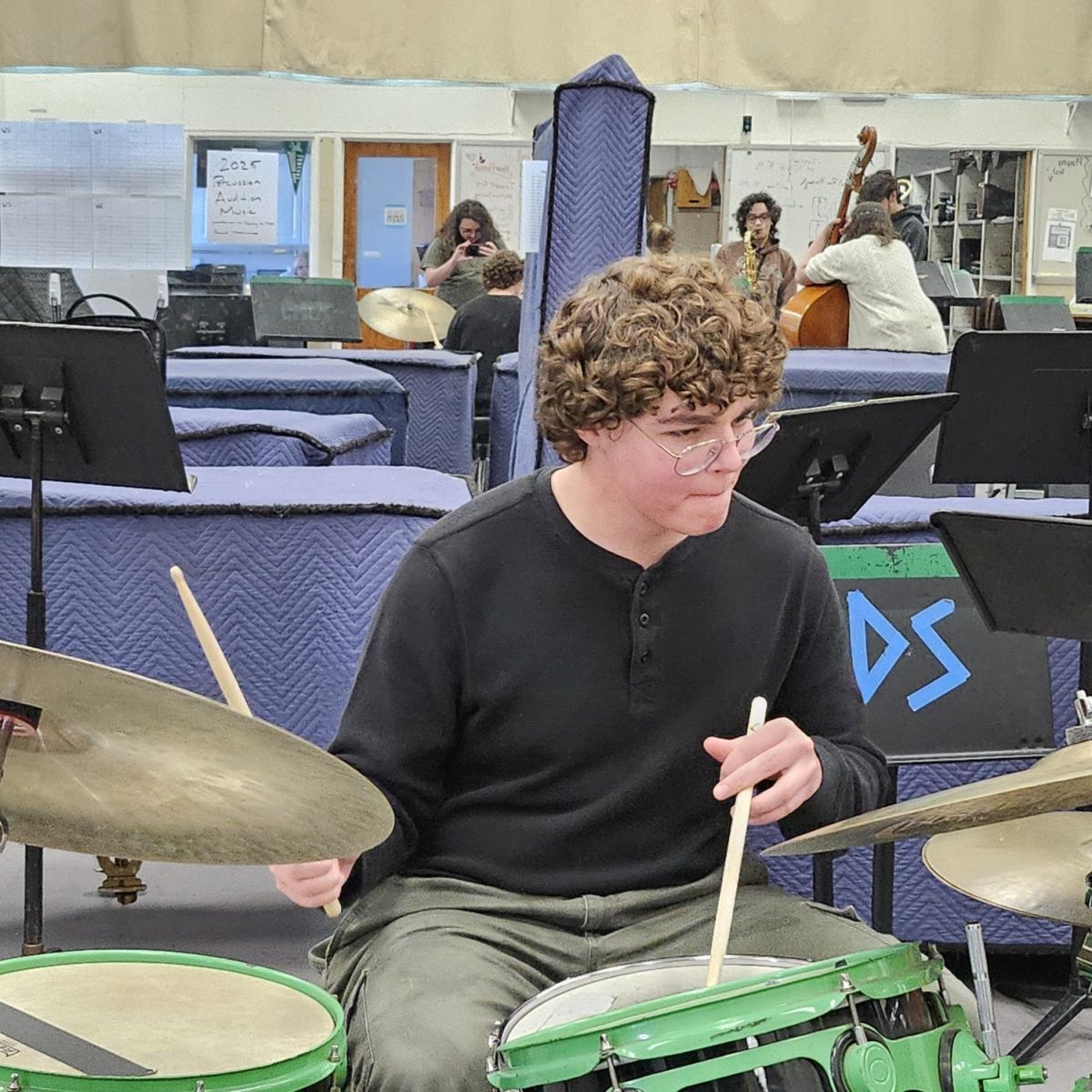In recent years, school administration and staff have begun to construct different ways to reduce waste and make the school more eco friendly. This includes things like imposing recycling and placing reusable water bottle fillers. But a more noticeable and serious form of pollutants on campus is the amount of trash accumulated by food packaging that is not thrown away, which is yet to be addressed.
Despite the fact that students are able to bring reusable containers and lunch bags, cafeteria food and packaging contributes much more to the build up of litter. The unrecyclable plastics used in the school’s food adds to the carbon footprint that the students leave. And the rising amount of students purchasing lunch is not helping the problem.
It is said that sixty to ninety percent of all pollutants found in our marine habitats are a kind of plastic debris. And once it is in there, it takes an average of 450 years to break down plastic of any kind. Because it is not biodegradable or made of materials that can easily decompose, it puts a large dent in our oceans’ health and safety
Circumstances like these can be lowered by starting small. Our school can reduce the amount of plastic by finding suppliers that provide eco friendly food packaging.
“Our school could probably get rid of a lot of trash by trying cardboard food boxes instead of plastic food boxes,” freshman, Marcie Walton said.
Compared to plastic, cardboard only takes an average of two months to decompose. This is at a drastically faster rate than plastic and could solve a lot of issues that the school could possibly be causing.
“We should switch to using bamboo or wooden forks and spoons instead of plastic. We can also make more fresh food that does not need to be packaged before it’s eaten, along with urging students to clean up after themselves,” freshman, Austin Simpson said.
Another way of reducing waste would be to offer students eating inside the cafeteria reusable or paper plates. Reusable plates would allow for no inorganic trash after a meal, but would also cost the school more to provide. Paper plates would be a more affordable option, however they can still cause litter to accumulate and take about five years to decompose into the earth.
There are many ways that TOHS could improve to move forward in terms of having a cleaner campus, but it will take a student body effort to get there. Along with school staff providing cardboard or recyclable cafeteria products, students can invest in reusable water bottles and lunch bags. It only takes a few small steps to create a movement and make our community cleaner and safer.
Cutback Pollutants in our School
Nov 19, 2019
Donate to The Lancer
$0
$500
Contributed
Our Goal
Your donation will support the student journalists of Thousand Oaks High School. Your contribution will allow us to purchase equipment and cover our annual website hosting costs.
More to Discover






